
The Vibrant Tapestry of Harajuku: Tokyo’s Trendsetting Hub
Discover Harajuku, Tokyo: A dynamic fusion of avant-garde fashion, historical shrines, and vibrant street culture. Perfect for the trend-savvy traveler.
Harajuku is a pulsating blend of tradition and modernity, where kawaii culture meets historical shrines. This eclectic neighborhood is renowned for its youthful energy and street fashion. A stroll through Takeshita Street offers a sensory overload with its quirky boutiques, colorful street art, and mouth-watering crepe stands. The street is a paradise for those seeking unique fashion items and Instagram-worthy moments. Just a short walk away, the serene Meiji Shrine provides a stark contrast to the bustling streets. Surrounded by lush greenery, this Shinto shrine is a peaceful retreat where visitors can witness traditional ceremonies and engage in spiritual reflection. Don't miss the chance to write your wishes on an ema plaque and hang it alongside those of other visitors from around the world. For art enthusiasts, the Design Festa Gallery showcases a rotating collection of contemporary art from local and international artists. Meanwhile, Omotesando Avenue, often referred to as Tokyo’s Champs-Élysées, is lined with upscale boutiques, trendy cafes, and architectural marvels, making it a perfect spot for a leisurely afternoon of shopping and people-watching.
Local tips in Harajuku
- Visit early in the morning or on weekdays to avoid the large crowds on Takeshita Street.
- Wear comfortable shoes as you will be walking a lot, especially if you plan to explore Meiji Shrine and Omotesando Avenue.
- Don't hesitate to try the street food, especially the famous crepes and rainbow-colored cotton candy.
- Check out the local events calendar; Harajuku often hosts unique pop-up shops, fashion shows, and cultural festivals.
The Vibrant Tapestry of Harajuku: Tokyo’s Trendsetting Hub
Harajuku is a pulsating blend of tradition and modernity, where kawaii culture meets historical shrines. This eclectic neighborhood is renowned for its youthful energy and street fashion. A stroll through Takeshita Street offers a sensory overload with its quirky boutiques, colorful street art, and mouth-watering crepe stands. The street is a paradise for those seeking unique fashion items and Instagram-worthy moments. Just a short walk away, the serene Meiji Shrine provides a stark contrast to the bustling streets. Surrounded by lush greenery, this Shinto shrine is a peaceful retreat where visitors can witness traditional ceremonies and engage in spiritual reflection. Don't miss the chance to write your wishes on an ema plaque and hang it alongside those of other visitors from around the world. For art enthusiasts, the Design Festa Gallery showcases a rotating collection of contemporary art from local and international artists. Meanwhile, Omotesando Avenue, often referred to as Tokyo’s Champs-Élysées, is lined with upscale boutiques, trendy cafes, and architectural marvels, making it a perfect spot for a leisurely afternoon of shopping and people-watching.
Iconic landmarks you can’t miss
Meiji Jingu
Explore the tranquil beauty of Meiji Jingu, a historic Shinto shrine surrounded by lush nature and rich Japanese culture in the heart of Tokyo.

SoLaDo Takeshita-dori
Explore the vibrant SoLaDo Takeshita-dori in Tokyo for a unique shopping experience filled with fashion, food, and youthful energy.
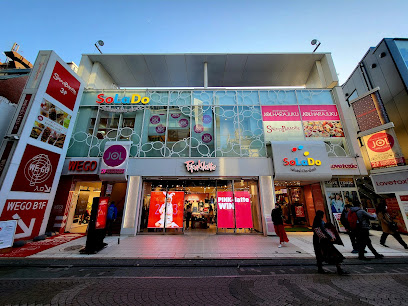
Meiji Jingu Gyoen
Discover the tranquil beauty of Meiji Jingu Gyoen, a lush garden oasis in Tokyo that offers a peaceful escape and a glimpse into Japanese heritage.
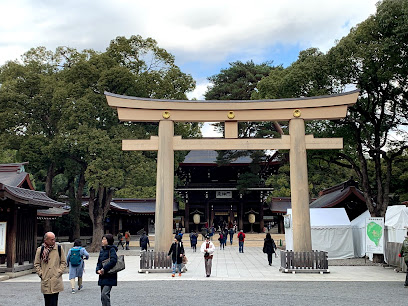
Takeshita Street
Discover the vibrant youth culture of Tokyo at Takeshita Street, where fashion, food, and fun collide in a colorful urban experience.
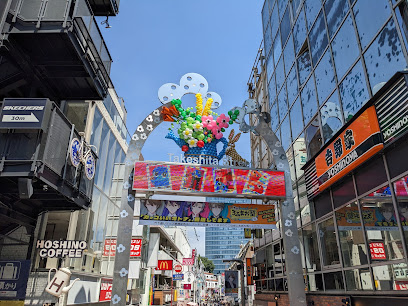
Takeshita Street Square
Discover the vibrant Takeshita Street Square in Tokyo, a hotspot for fashion, food, and youth culture that captures the spirit of Harajuku.
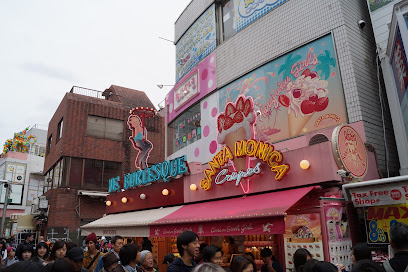
Yoyogi Park Clock Tower
Explore the charm of the Yoyogi Park Clock Tower, a tranquil landmark in the heart of Tokyo's vibrant Yoyogi Park, perfect for relaxation and enjoyment.
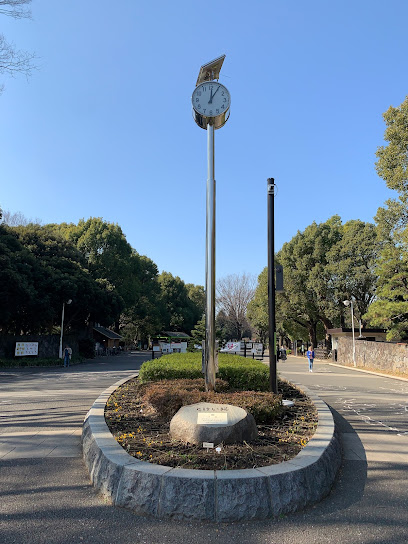
Jingū Bashi (Shrine Bridge)
Explore Jingū Bashi, a beautiful bridge in Shibuya, Tokyo, connecting you to cultural experiences and stunning views near Meiji Shrine.
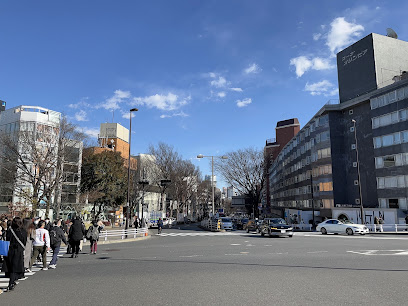
Brahms Path
Discover the tranquil Brahms Path, a serene tourist attraction in Shibuya City, Tokyo, dedicated to the renowned composer Johannes Brahms.
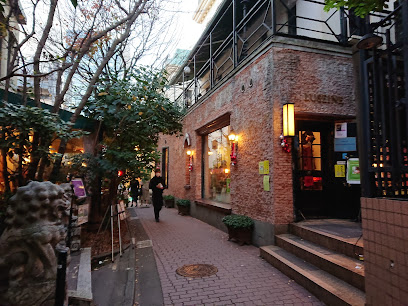
Cenotaph for the Submariners
Discover the Cenotaph for the Submariners in Tokyo: a historical landmark honoring the brave heroes of the Japanese Navy amidst the vibrant Shibuya district.
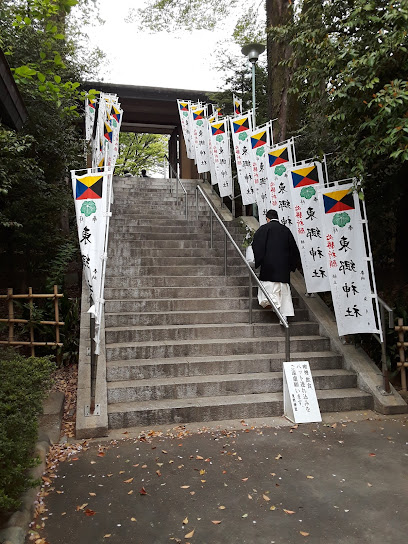
Harajuku
Discover Harajuku, Tokyo's vibrant youth culture district, brimming with unique fashion, eclectic cafes, and contemporary art that defines modern Japan.
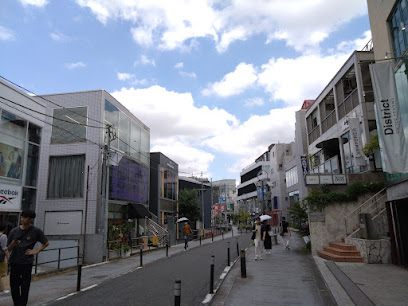
Unmissable attractions to see
Meiji Jingu
Experience the tranquil beauty of Meiji Jingu, a Shinto shrine in Tokyo that harmonizes nature and spirituality amid ancient traditions.
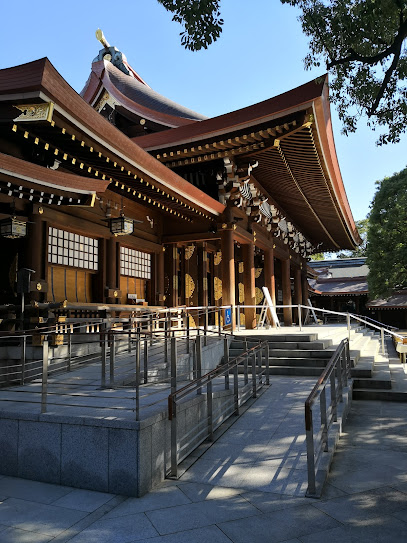
Yoyogi Park
Discover the serene beauty of Yoyogi Park, a lush green space in Tokyo perfect for relaxation, recreation, and cultural experiences.
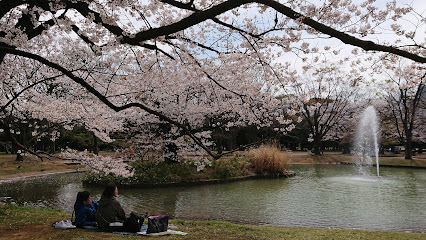
Hachikō Memorial Statue
Visit the Hachikō Memorial Statue in Shibuya, Tokyo, a touching tribute to loyalty and a must-see tourist attraction highlighting Japanese culture.
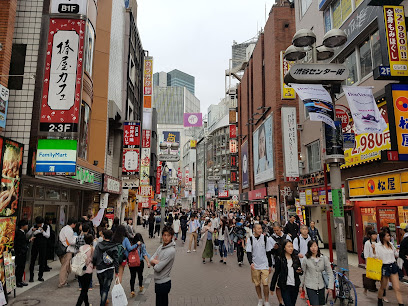
Meiji Jingu Gaien Ginkgo Avenue
Experience the serene beauty of Meiji Jingu Gaien Ginkgo Avenue, a scenic spot rich in history and lined with magnificent ginkgo trees, perfect for strolls and photography.
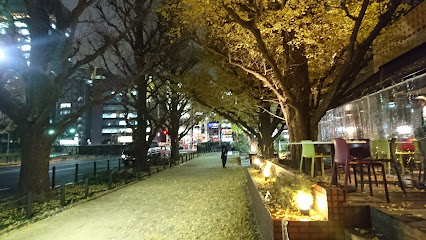
Ōta Memorial Museum of Art
Explore the Ota Memorial Museum of Art in Shibuya for an immersive journey into the world of Ukiyo-e, a treasure of Japanese cultural heritage.
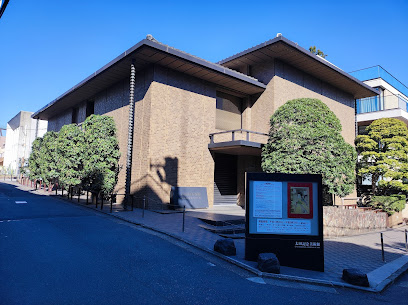
Meiji Jingu Gyoen
Discover tranquility at Meiji Jingu Gyoen, Tokyo's serene garden blending natural beauty with rich cultural heritage.
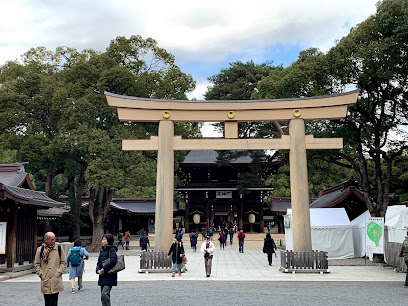
Yoyogi Park Clock Tower
Discover the beauty of Yoyogi Park Clock Tower, a serene landmark in Tokyo, blending history, architecture, and nature in a vibrant park setting.
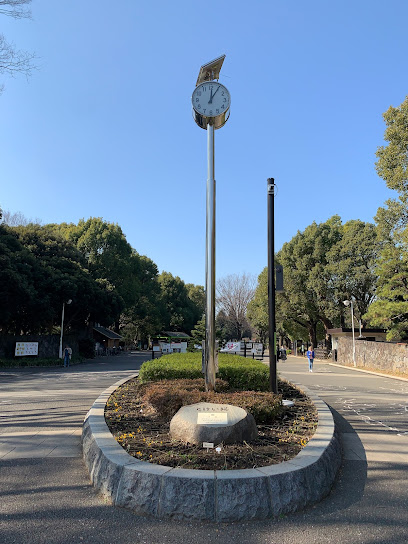
Jingū Bashi (Shrine Bridge)
Explore the serene Jingū Bashi, a bridge that connects the bustling streets of Shibuya to the tranquil Meiji Shrine in Tokyo.

Imperial station site
Discover the historical significance of the Imperial Station Site in Shibuya, Tokyo, blending culture with modern city life.

Essential places to dine
Roast Beef Ohno Harajuku
Discover the unique flavors of Japan at Roast Beef Ohno in Harajuku – where tradition meets modern taste!
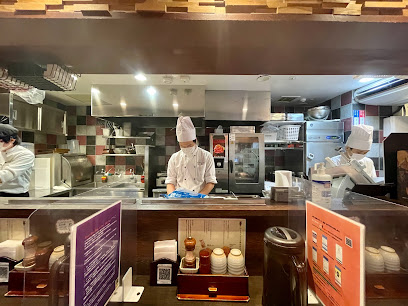
AFURI Harajuku
Experience the exquisite taste of yuzu-infused ramen at AFURI Harajuku – where tradition meets innovation in every bowl.
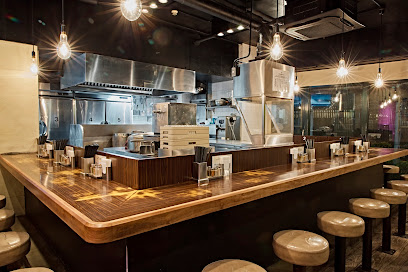
Harajuku Gyozaro
Discover authentic Chinese cuisine at Harajuku Gyozaro, where delectable dumplings meet Tokyo's vibrant atmosphere.

Eggs 'n Things
Experience Hawaiian hospitality at Eggs 'n Things in Harajuku, Tokyo - where delicious breakfast meets vibrant culture.

Red Rock Harajuku
Experience authentic Japanese flavors with exquisite gyudon and steak dishes at Red Rock Harajuku, a must-visit culinary gem in Tokyo.
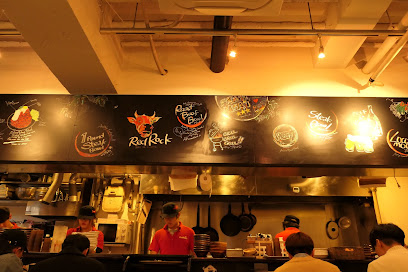
Sakura-tei
Experience authentic izakaya dining at Sakura-tei in Shibuya—where traditional Japanese flavors come alive in a lively setting.
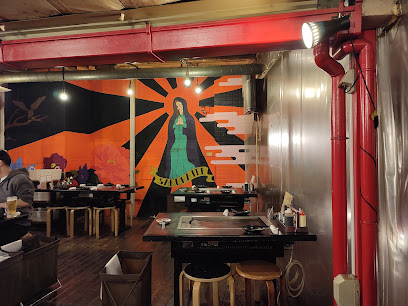
Chiles Mexican Grill Harajuku
Experience authentic Mexican flavors at Chiles Mexican Grill in Harajuku - where every bite transports you to Mexico!
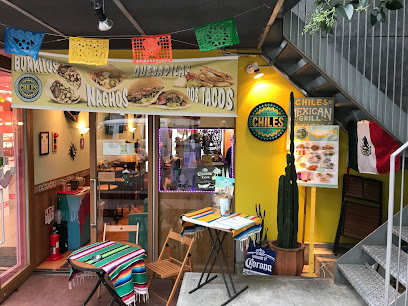
Mominoki House
Experience the best of vegetarian dining at Mominoki House in Shibuya – where fresh ingredients meet traditional Japanese flavors.
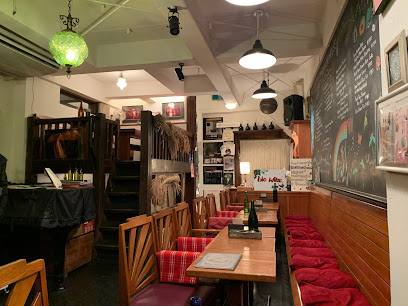
Oden curry
Experience a delicious fusion of traditional oden and rich curry flavors at Oden Curry in Shibuya, Tokyo.

Genmai Udon
Discover authentic handmade udon and traditional Japanese flavors at Genmai Udon in Tokyo's lively Shibuya district.

Markets, malls and hidden boutiques
Oriental Bazaar
Explore the vibrant Oriental Bazaar in Shibuya, a unique destination for authentic Japanese souvenirs, antiques, and handmade crafts.
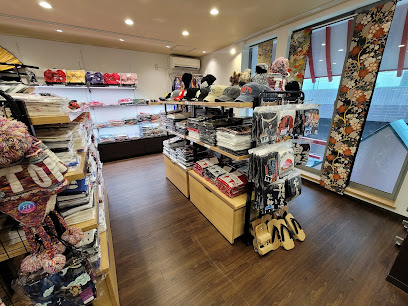
UNIQLO Harajuku
Explore trendy fashion and floral delights at UNIQLO Harajuku, Tokyo's iconic shopping destination for style-savvy tourists.
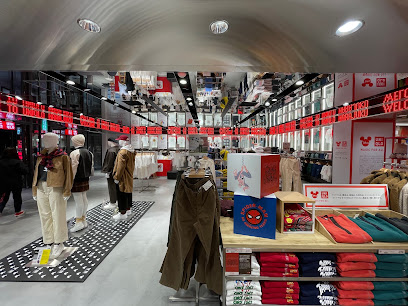
Kinji Used Clothing Harajuku Branch
Explore the vibrant world of vintage fashion at Kinji Used Clothing in Harajuku, where unique styles meet cozy cafe vibes.

Base Yard Tokyo
Discover a vibrant shopping haven in Shibuya, featuring a unique blend of bookstores and eclectic general stores at Base Yard Tokyo.
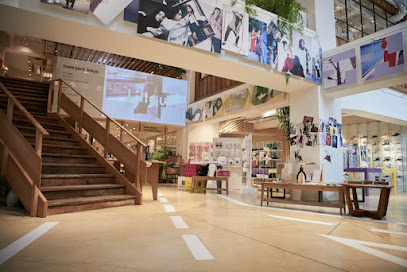
BRAND COLLECT HARAJUKU TAKESHITA STREET
Uncover unique vintage clothing and stylish accessories at BRAND COLLECT Harajuku, a treasure trove for fashion enthusiasts in Tokyo.

PICNIC Harajuku Shop
Discover unique fashion, quirky souvenirs, and Japanese pop culture at PICNIC Harajuku Shop, the ultimate variety store experience in Tokyo.
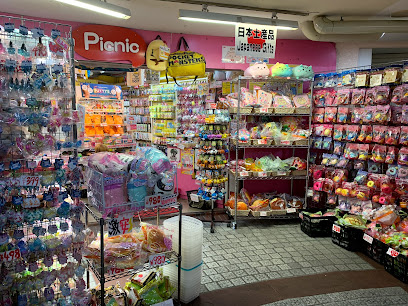
NUBIAN HARAJUKU
Experience the heart of Tokyo's street fashion at Nubian Harajuku, where eclectic styles and contemporary designs come together for a unique shopping adventure.
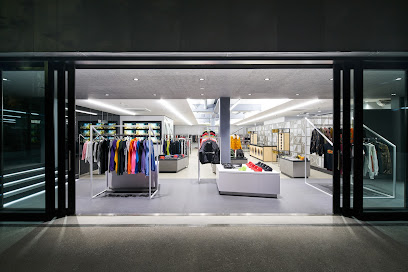
Sanrio Cute Cube Harajuku
Discover the enchanting world of Sanrio at Cute Cube Harajuku, a gift shop filled with iconic characters, plush toys, and exclusive merchandise.

6% Doki Doki
Discover the vibrant world of Japanese street fashion at 6% Doki Doki, where whimsical designs and unique styles come to life in the heart of Shibuya.
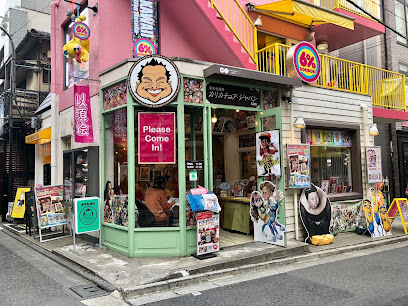
THANK YOU MART Harajuku ALTA Store
Explore a vibrant collection of trendy gifts, fashion, and accessories at THANK YOU MART Harajuku ALTA Store in Tokyo's iconic district.
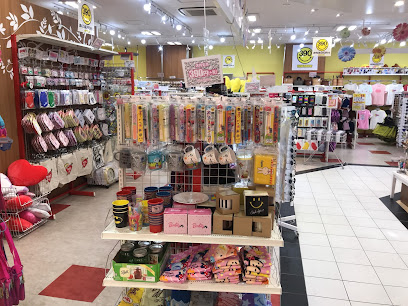
Essential bars & hidden hideouts
Baird Beer Harajuku Taproom (ベアードビール原宿タップルーム)
Discover the best of Tokyo's craft beer scene at Baird Beer Harajuku Taproom, where local brews meet a cozy ambiance.
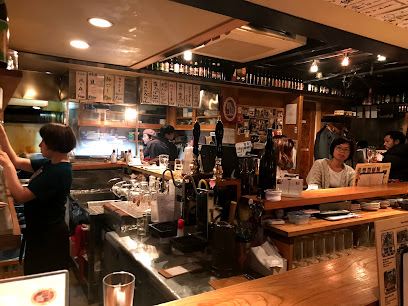
PDX Taproom
Experience the best of craft beer culture at PDX Taproom, a vibrant brewpub in Shibuya, Tokyo, offering a diverse selection of local and international brews.
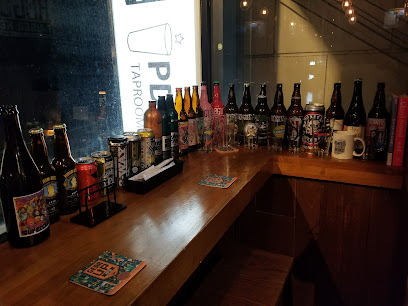
UA BAR
Discover the stylish UA BAR in Shibuya, where fashion meets flavor in an unforgettable cocktail experience.
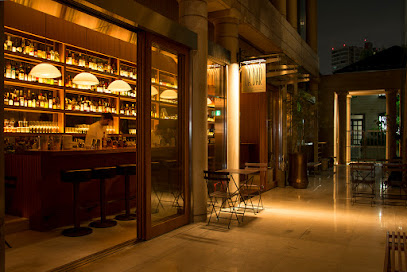
Bar SOUL B
Discover the vibrant nightlife at Bar SOUL B in Shibuya, where eclectic drinks meet a welcoming atmosphere, perfect for socializing and relaxation.
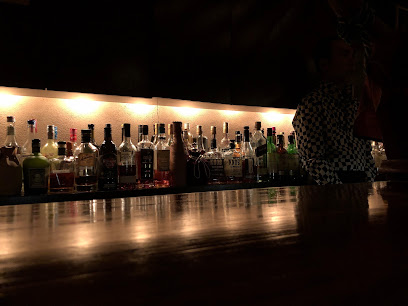
原宿Rock Bar HALF MOON
Discover the lively atmosphere of 原宿 Rock Bar HALF MOON, where great music and friendly vibes create unforgettable nightlife in Tokyo.
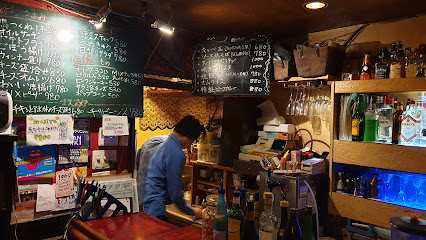
Moch
Discover Moch, a vibrant bar in Shibuya offering a perfect blend of modern cocktails and a lively atmosphere to enjoy Tokyo's nightlife.
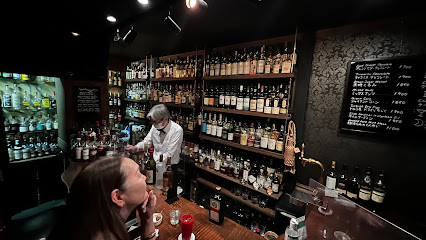
Bar werk
Discover the vibrant atmosphere of Bar Werk in Shibuya, Tokyo, where exquisite cocktails and a lively ambiance await you.
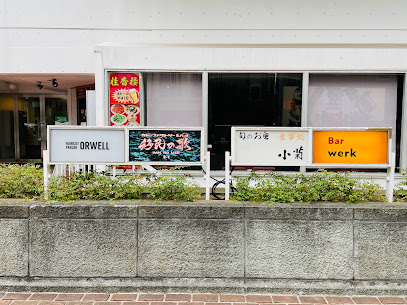
JOINT HARAJUKU Bar&Gallery
Discover JOINT HARAJUKU: A unique fusion of art and nightlife in the heart of Tokyo's vibrant Harajuku district.
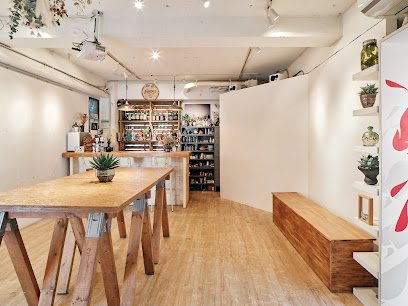
Bar After S'ayak
Discover the hidden charm of Bar After S'ayak in Shibuya, Tokyo, where expertly crafted cocktails meet a cozy atmosphere.
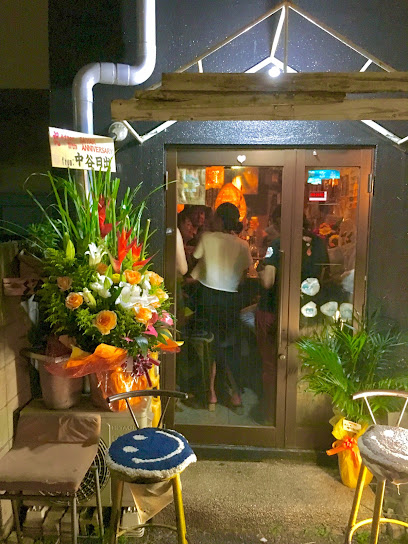
Bar FORT
Discover the charm of Bar FORT in Shibuya, where exquisite cocktails and a cozy ambiance create an unforgettable Tokyo nightlife experience.
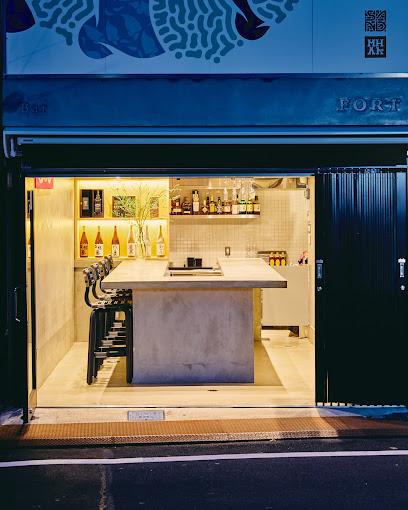
Local Phrases
-
- Helloこんにちは
[Konnichiwa] - Goodbyeさようなら
[Sayonara] - Yesはい
[Hai] - Noいいえ
[Iie] - Please/You're welcomeどうぞ
[Douzo] - Thank youありがとう
[Arigatou] - Excuse me/Sorryすみません
[Sumimasen] - How are you?お元気ですか?
[Ogenki desu ka?] - Fine. And you?元気です。あなたは?
[Genki desu. Anata wa?] - Do you speak English?英語を話せますか?
[Eigo o hanasemasu ka?] - I don't understandわかりません
[Wakarimasen]
- Helloこんにちは
-
- I'd like to see the menu, pleaseメニューを見せていただきたいです
[Menyuu o misete itadakitai desu] - I don't eat meat肉は食べません
[Niku wa tabemasen] - Cheers!乾杯!
[Kanpai!] - I would like to pay, pleaseお会計をお願いします
[Okaikei o onegaishimasu]
- I'd like to see the menu, pleaseメニューを見せていただきたいです
-
- Help!助けて!
[Tasukete!] - Go away!去ってください!
[Satte kudasai!] - Call the Police!警察を呼んで!
[Keisatsu o yonde!] - Call a doctor!医者を呼んで!
[Isha o yonde!] - I'm lost道に迷っています
[Michi ni mayotte imasu] - I'm ill具合が悪いです
[Guai ga warui desu]
- Help!助けて!
-
- I'd like to buy...買いたいです
[Kaitai desu] - I'm just looking見ているだけです
[Mite iru dake desu] - How much is it?いくらですか?
[Ikura desu ka?] - That's too expensiveそれは高すぎます
[Sore wa takasugimasu] - Can you lower the price?値段を下げてもらえますか?
[Nedan o sagete moraemasu ka?]
- I'd like to buy...買いたいです
-
- What time is it?今何時ですか?
[Ima nanji desu ka?] - It's one o'clock一時です
[Ichiji desu] - Half past (10)十時半
[Juuji han] - Morning朝
[Asa] - Afternoon午後
[Gogo] - Evening夕方
[Yuugata] - Yesterday昨日
[Kinou] - Today今日
[Kyou] - Tomorrow明日
[Ashita] - 1一
[Ichi] - 2二
[Ni] - 3三
[San] - 4四
[Yon] - 5五
[Go] - 6六
[Roku] - 7七
[Nana] - 8八
[Hachi] - 9九
[Kyuu] - 10十
[Juu]
- What time is it?今何時ですか?
-
- Where's a/the...?…はどこですか?
[... wa doko desu ka?] - What's the address?住所は何ですか?
[Juusho wa nan desu ka?] - Can you show me (on the map)?(地図で)見せてもらえますか?
[(Chizu de) misete moraemasu ka?] - When's the next (bus)?次の(バス)はいつですか?
[Tsugi no (basu) wa itsu desu ka?] - A ticket (to ....)(…への)チケットをください
[(...e no) chiketto o kudasai]
- Where's a/the...?…はどこですか?
History of Harajuku
-
Harajuku's history can be traced back to the Edo period (1603-1868), when it was a rural area on the outskirts of Edo, now known as Tokyo. The name 'Harajuku' originates from the word 'harajuku' (原宿), which means 'next to the fields.' It was primarily agricultural during this time, serving as a resting point for travelers on the famous 'Kōbu Highway' that connected Edo to the surrounding regions.
-
The Meiji Restoration in 1868 marked a turning point for Harajuku as Japan opened up to the West. The area began to modernize, and the establishment of the Meiji Shrine in 1920 further solidified Harajuku's cultural significance. This shrine, dedicated to Emperor Meiji and Empress Shoken, became a focal point for Shinto practices and a popular destination for both locals and tourists.
-
Following World War II, Harajuku emerged as a hub for youth culture and fashion. The 1960s and 70s saw the rise of subcultures, including the 'Gyaru' and 'Lolita' styles, which transformed Harajuku into a vibrant space for self-expression. The iconic Takeshita Street, lined with trendy shops and boutiques, became synonymous with youth fashion trends and continues to attract fashion enthusiasts from around the world.
-
By the 1990s, Harajuku gained international recognition as a center for youth culture, largely due to the influence of street fashion that began to spread globally. The area became a symbol of Japan's unique blend of traditional and contemporary culture, characterized by its eclectic styles and creative expressions. Events like Harajuku's fashion shows and the prominence of Kawaii culture elevated the neighborhood's status on the world stage.
-
Currently, Harajuku serves as a cultural melting pot, attracting diverse visitors interested in fashion, art, and music. While it retains its roots in youth subculture, the neighborhood has also embraced contemporary trends, with a mix of traditional shops, modern cafes, and international brands. The juxtaposition of old and new continues to make Harajuku a unique and dynamic part of Tokyo, reflecting the city's ongoing evolution.
Harajuku Essentials
-
Harajuku is easily accessible from various neighborhoods in Tokyo. The most convenient way to reach Harajuku is via the JR Yamanote Line, which stops at Harajuku Station. From Shibuya, it takes only about 3 minutes by train. If you're coming from Shinjuku, take the JR Chuo Line to Yoyogi Station, then transfer to the Yamanote Line to Harajuku Station. Additionally, the Tokyo Metro's Fukutoshin Line and Chiyoda Line also connect to nearby stations, such as Meiji-Jingumae Station.
-
Harajuku is a pedestrian-friendly neighborhood, and many attractions are within walking distance. For local transport, you can use the Tokyo Metro or buses. The Harajuku area is also bike-friendly; rental bikes are available at various locations. Taxis are another option, although they can be more expensive. The main streets, like Takeshita Street, are best explored on foot to fully appreciate the vibrant atmosphere and unique shops.
-
Harajuku is generally a safe neighborhood for tourists. However, as with any urban area, it is wise to stay vigilant, especially in crowded places. Pickpocketing can occur in busy areas like Takeshita Street. Avoid poorly lit areas at night and be cautious of your belongings. There are no specific high-crime areas targeting tourists, but maintaining awareness is always advisable.
-
In case of an emergency, dial 110 for police assistance or 119 for fire and medical emergencies. The local hospitals and clinics are equipped to handle various health issues. It is advisable to have travel insurance covering medical emergencies. Pharmacies are readily available for minor health concerns, and English-speaking staff can sometimes assist.
-
Fashion: Do embrace Harajuku's eclectic fashion scene but avoid overly revealing clothing when visiting temples or shrines. Religion: Do respect local customs; when visiting Meiji Shrine, maintain a quiet demeanor. Public Transport: Do be courteous and offer your seat to the elderly; don't eat or drink on trains. Greetings: Do greet with a bow or a polite nod; don't engage in loud conversations in public spaces. Eating & Drinking: Do try local street food and unique cafes; don't waste food or engage in public displays of eating.
-
To experience Harajuku like a local, visit on a Sunday when the streets are filled with vibrant fashion and cultural showcases. Explore hidden back alleys for unique shops and cafes that aren't in the main tourist spots. Engage with local artists and performers, as Harajuku is known for its creative community. Don't miss the opportunity to visit the nearby Yoyogi Park for a leisurely stroll or a picnic amidst nature.
Nearby Cities to Harajuku
-
Things To Do in Nagoya
-
Things To Do in Kanazawa
-
Things To Do in Kyoto
-
Things To Do in Nara
-
Things To Do in Osaka
-
Things To Do in Hiroshima
-
Things To Do in Sapporo
-
Things To Do in Fukuoka
-
Things To Do in Pohang
-
Things To Do in Gyeongju
-
Things To Do in Ulsan
-
Things To Do in Busan
-
Things To Do in Andong
-
Things To Do in Daegu
-
Things To Do in Chuncheon













